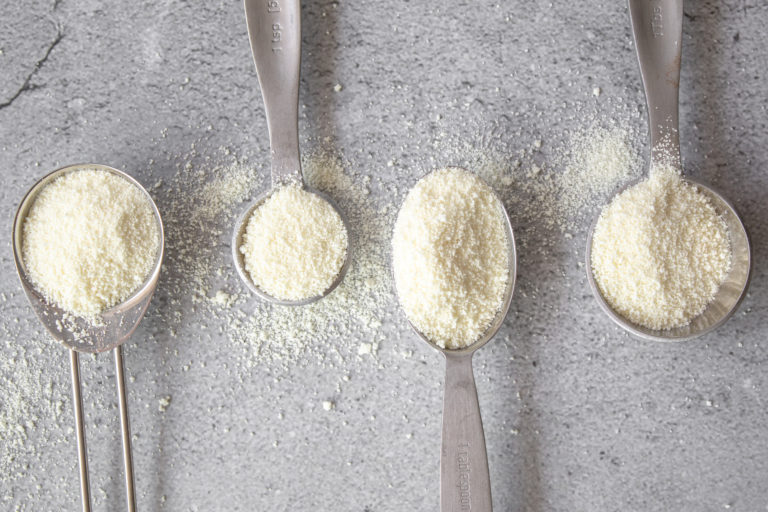Have you been hearing about ultrafiltered milk lately? Wondering what it is and if it’s really milk? Read on to learn more about one of the newer milks to join the dairy shelf.
What is ultrafiltered milk?
Ultrafiltered milk starts with real milk, but through filtration can change the milk to decrease the lactose or increase the protein, for example. How does this happen?
Borrowing from water purification techniques, ultrafiltration of milk is the process of passing milk over a specialized semi-porous membrane. Depending on the size, shape or affinity for the membrane, some milk components will pass through the membrane and others will be retained. The permeate is what passes through the membrane while the retentate is what is left behind.
If a dairy processor wants to make a milk that has no lactose, for example, they might use a membrane that allows the lactose to pass through the membrane. Or, if they want a milk that is higher in protein, they would use a membrane that retains the protein. The processor would then recombine the components to add in or leave out the components they want in their milk.
Milk can also be microfiltered to separate out bacteria that could eventually cause spoilage, resulting in a milk with an especially long shelf life. Microfiltration uses a slightly more open membrane than is used with ultrafiltration.
A processor might want to produce a milk with more than one of these characteristics, so the milk might pass over a series of membranes.
The ultrafiltered milk available in Canada is typically ultra pasteurized too, which means it is heated to a higher temperature for a shorter time than is regular pasteurized milk. This gives the product an extra long shelf life before it is opened. After it is opened, it would have a similar shelf life to ordinary milk, about 2 weeks.
What is diafiltered milk?
The term diafiltered milk refers to milk that has been filtered twice, specifically to produce a milk protein concentrate. The concentrate is then typically dried into a powder format. Milk protein concentrate can be made to various protein specifications, ranging from 42% to 85% protein, and it is the higher protein concentrates that would undergo diafiltration. Milk protein concentrates are used as an ingredient to make other food products. It can be added to dairy products like yogurt, cheese or ice cream and also to products such as protein bars. Unlike skim milk powder, milk protein concentrate is typically low in lactose.
By Sydney Massey, MPH, RD




